
Plastic
We always mentioned plastic recycling,
but how many people really put it into practice?
Three Steps in Recycling Plastic Bottles
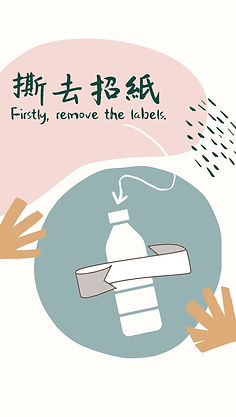
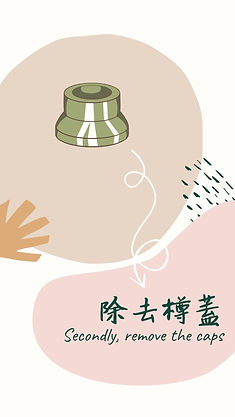




PET/PETE
Polyethylene Terephthalate
Commonly recycled.
Could be collected in recycling bin/ community recycling centers
How to identify :
- Transparent,
- Has a big dot at the bottom
Example:
- Beverage bottle
- Films
Please note:
It will release the carcinogen DEHP
when heated above 70°, therefore it is recommended not to reuse it
and discard it when used up.


Commonly recycled.
Could be collected in recycling bin/ community recycling centers
HDPE/PE-HD
High-Density Polyethylene
How to identify :
- Opaque
- Tough body
- Has a line on the bottom
Example:
- Bottles for personal care products
- Milk bottle
- Washing machine liquids
Please note:
Resistant to acid and alkali,
so it’s safe to put alcohol or disinfectant
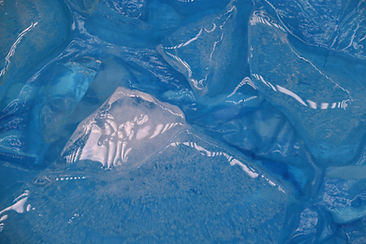

V/PVC
Polyvinyl Chloride
Very difficult to recycle,
will release poisons
after being heated.
Should put in the rubbish bin.
How to identify :
- Fragile
- Crack or star bent if stressed
- A 'crinkle' cracking sound if squeezed
Example:
- Raincoats
- Water pipes
- Packaging film
- Bath curtains
Please note:
Release poisons after being heated.
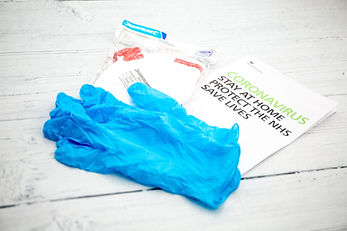

LDPE/PE-LD
Could be collected in community recycling centers/ Community Green Stations
Low-Density Polyethylene
How to identify :
- Malleable
- Elastic
- Flexible and easily torn
Example:
- Plastic bags for food
- Plastic wrapping
- Cling film
Please note:
Cannot be put under heat,
otherwise would case harmfulness.


PP
Polypropylene
Could be collected in community recycling centers/ Community Green Stations
How to identify :
- Translucent/ Opaque
- A clear white line would show if folded.
- A smooth crack if split.
Example:
- Microwave container
- Disposable tableware
- Bottle lid
- Folder
- Artificial lawns
Please note:
The only heat resistant one
among 7 types of plastics,
can be heated up to 120°C.


PS
Polystyrene or Styrofoam
Could be collected in community recycling centers/ Community Green Stations
How to identify :
- Could be easily torn apart
depending on the form.
Example:
- Disposable food containers
- Disposable tableware
Please note:
Cannot be put into
the microwave oven, as it would release harmful chemicals after
heated or acidulated.
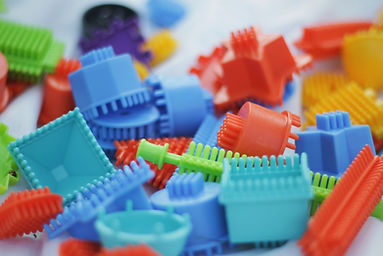

OTHER/O
OTHER
Could be collected in community recycling centers/ Community Green Stations
How to identify :
- Very tough
- Likely to shatter if pressure is applied
Example:
- CDs and DVDs and cases
- Reading glasses
Please note:
Easily release BPA, which is harmful to human health.
